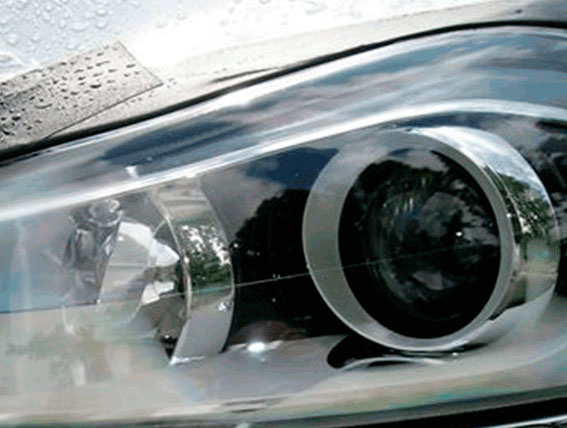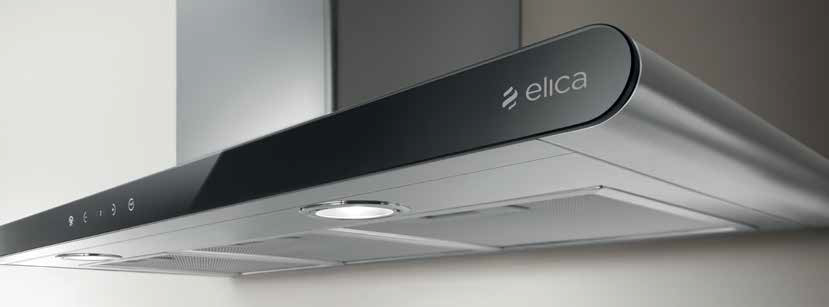
A close-up of the headlamp under investigation
The headlamp CAD and FEM models and a close-up of its internal flow under operating conditions
Abstract
EnginSoft implemented a new 3D CFD multi-phase model to simulate the water condensation-evaporation processes inside automotive headlamps for Automotive Lighting, a leading supplier of quality headlights to the OEM market. The scope of this project was to provide the company a simulation tool that would assist in the design of an advanced headlamp with a highly reduced propensity to form internal condensation and that would dispose of any condensation formed within a fixed time. Problem Definition
Problem Definition
With the new state of the art design of more aesthetically pleasing headlamps, and the use of transparent plastic lenses that allow the naked eye to penetrate the headlamp, came the problem that vapor condensation is also very visible. Since the presence of condensation inside the headlamp can be perceived by the customer as a lack of quality and reliability, the company was researching a way to substantially reduce its occurrence and removal time and in the headlamps.
In general headlamp OEM customers define their own benchmarks in which cold air and rain conditions are considered for testing headlamps; a headlamp design can be produced only if the condensation is completely removed in a fixed period of time.
Up to the point where EnginSoft was brought on board, the most used solution to this problem had been trial and error procedures for the optimization of the headlamps in terms of internal air flows and temperature distribution on the lens. This of course resulted in a long production cycle and high costs.

